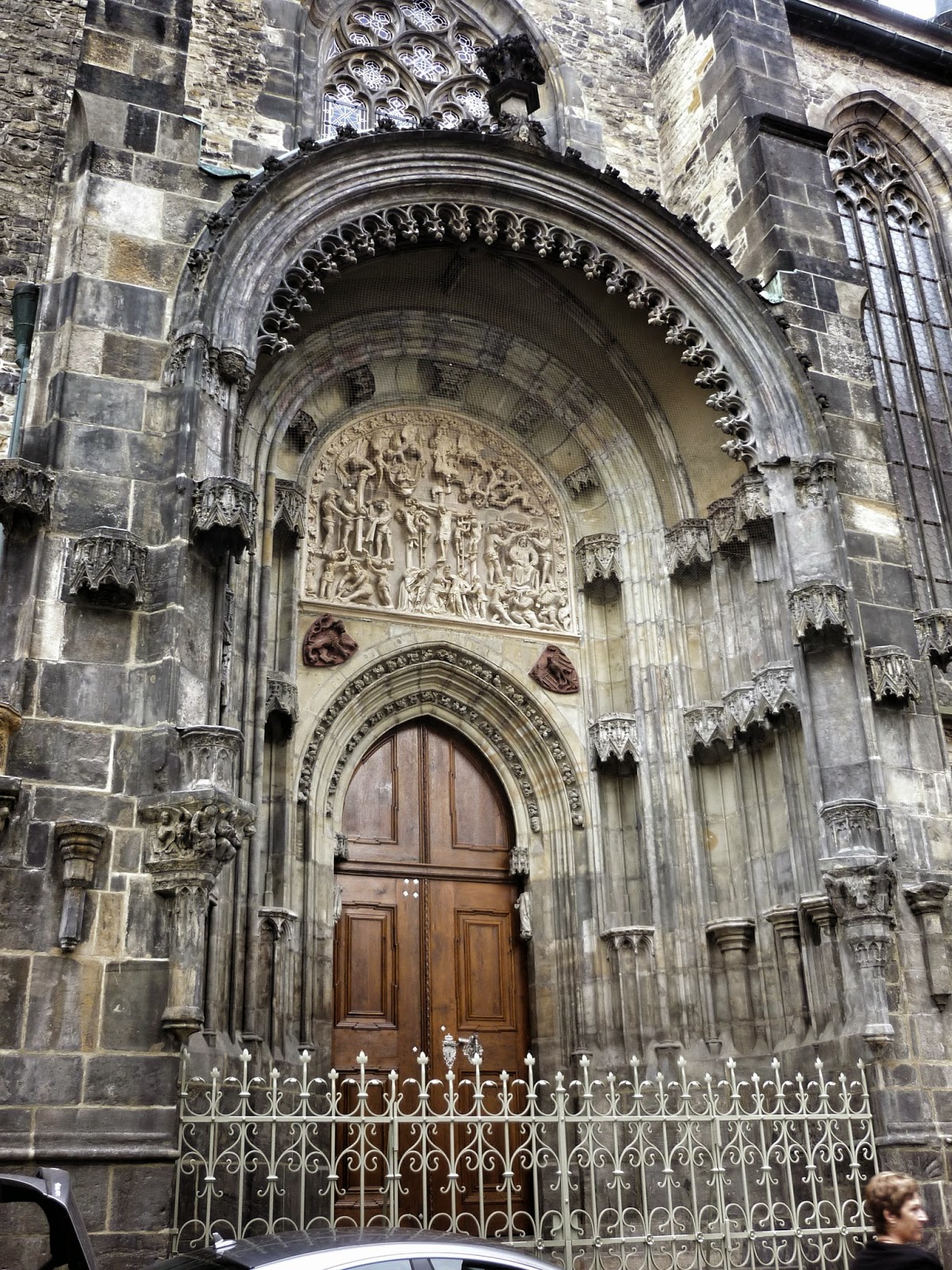Baroque is the other most
dominant architectural style in Prague apart from Gothic.
Culturally baroque
architecture in the Czech lands are always associated with loss of national
independence and the dominance of the Hapsburg monarchy along with the reinstatement
of the Catholic church.
Early Baroque, 1620-1700 begins with the onset of the Thirty
Years' War (1618-1648).This war was sparked off when in 1618 the Czech estates rebelled against
the Hapsburg emperor by throwing 3 of
his representative out of a window in the Prague castle, this ended in tragedy
when all 27 Czech noble men that rebelled we publicly executed at the Old Town
Square in the summer of 1621
Along with the Hapsburg's and
Catholicism came the Jesuits order ushering
in a new era of Baroque architecture.
Baroque in it original meaning, meant something imperfect, a coarse or uneven surface.
Baroque used a composition of incomplete ellipse curves triangle and thick lines to break down and play with light, it then used movement and a dynamic elements in the statue, and together this stuns the perception of the viewer.
An opulent display of grandeur glamour wealth. Which were especially visible the splendid interior decor of Baroque Churches
 |
| The interior of the Mirror Chapel in Prague as seen on private tours of the Klementntinum. |
All in an attempt to create a sense of breathtaking amazement and admiration form the onlooker.
 |
The interior of the Kostel sv.Jiljí in Prague as seen on private tours with |
 | ||
| The interior of the St. Havel's church in Prague as seen on private tours with www.robsarchitour.com |














.jpg)
.JPG)

.jpg)
